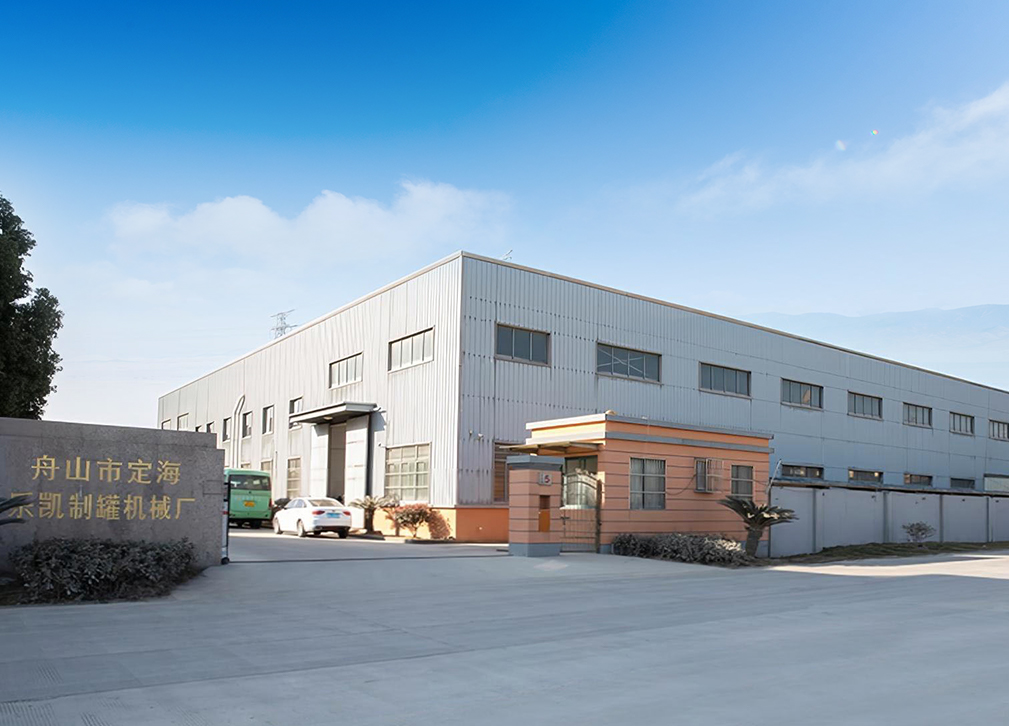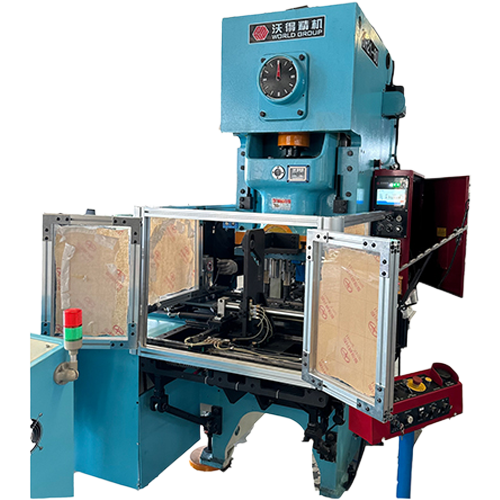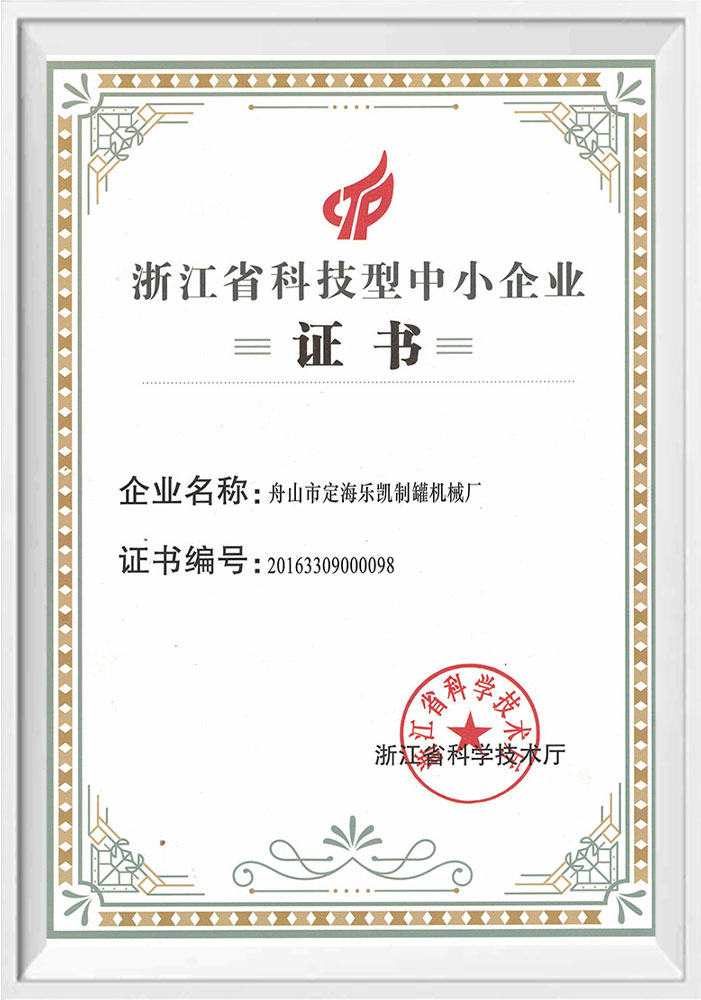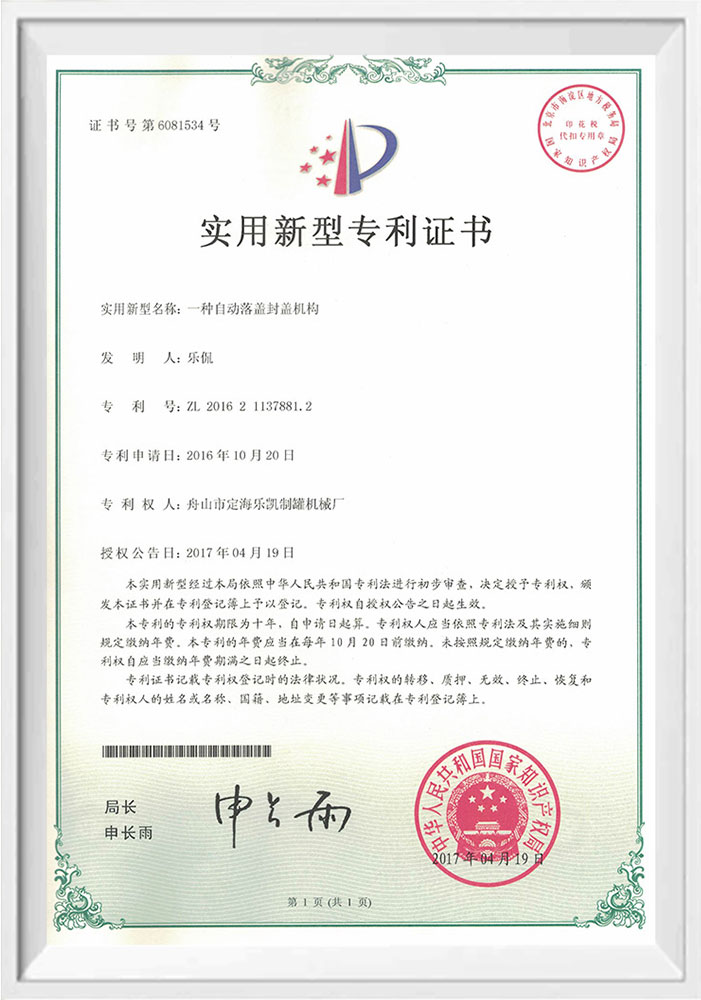06. 24. 2024
In a long-term high-intensity working environment, the stability and durability of a flat press forming machine mainly depend on the following aspects:
Material and Structural Design: The molding machine uses high-strength, wear-resistant and corrosion-resistant materials such as alloy steel during the manufacturing process to ensure that the body, mold and key components have sufficient strength and hardness to withstand high loads and continuous working pressure. In terms of structural design, attention is paid to the balance of forces and the distribution of stiffness, and the stability and deformation resistance of the overall structure are improved through reasonable structural layout and support design.
Precise machining and assembly processes: During the manufacturing process, advanced machining equipment and processes are used to ensure the machining accuracy and surface quality of each component, and to reduce assembly problems and vibrations caused by machining errors. During the assembly process, it is important to strictly follow the assembly specifications to ensure that the fitting accuracy and clearance of each component are reasonable, and to improve the operating stability and reliability of the entire machine.
Efficient lubrication and cooling system: The folding machine is equipped with a complete lubrication system, and lubricating oil is regularly checked and added to ensure that all moving parts are fully lubricated, reducing heat generated by wear and friction, thereby extending service life. For components that need to be cooled, such as motors and hydraulic systems, reasonable cooling devices are set up to ensure that they can work properly in high temperature environments and avoid overheating and damage.
Intelligent monitoring and fault diagnosis system: The folding machine is equipped with an intelligent monitoring and fault diagnosis system, which can monitor the working status and operating parameters of each component, such as temperature, pressure, current, etc. in real time, so as to detect potential problems in a timely manner and issue early warnings. In the event of a failure, the system is able to automatically diagnose and provide solutions, reducing downtime and maintenance costs, and improving equipment reliability and stability.
Fair use and maintenance: Strictly follow operating procedures, avoid improper operation such as overload and overspeed, and ensure that the equipment operates within the rated working range. Regular maintenance of the equipment, such as cleaning dust, tightening bolts, replacing worn parts, etc., to keep the equipment in good condition. Regular maintenance work such as lubrication, tightening, and adjustment of the equipment is carried out to ensure the normal operation and matching accuracy of each component.
In conclusion, in a long-term high-intensity working environment, this folding machine can ensure its stability and durability through material and structural design, precise processing and assembly technology, efficient lubrication and cooling system, intelligent monitoring and fault diagnosis system, and rational use and maintenance, thereby meeting the needs of continuous production and high-quality processing.






 EN
EN
 中文简体
中文简体 English
English


















